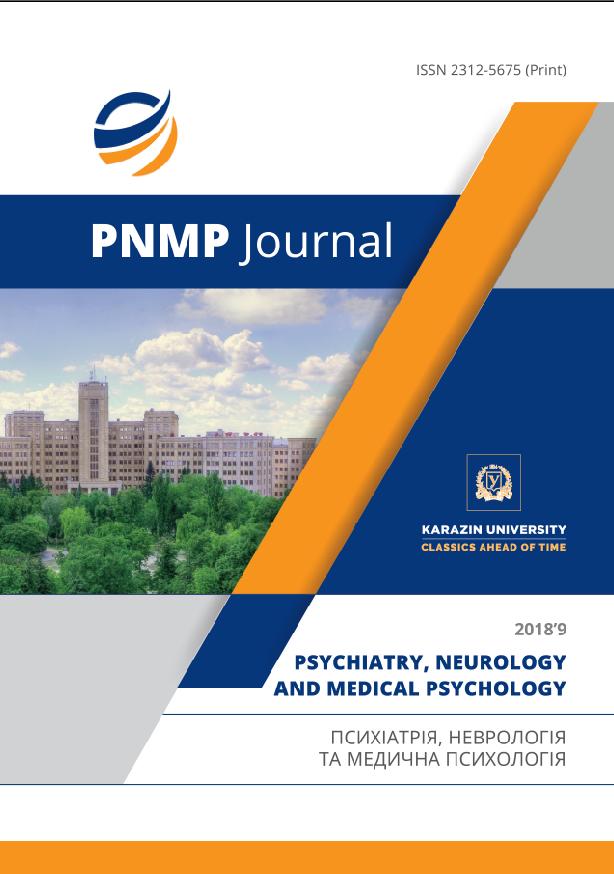ПИТАННЯ ЕТІОПАТОГЕНЕЗУ ІСТЕРИЧНИХ РОЗЛАДІВ У КОНТЕКСТІ ПРАЦІ Е. КРЕЧМЕРА ТА І. П. ПАВЛОВА
Abstract
The scientific basis of this article, devoted to the etiopathogenesis of hysteria, is the works of the classical psychiatrist E. Kretschmer and one of the founders of psihoneiophysiology, Nobel Prize winner in medicine I. Pavlov. Fifty years’ experience of the author in the field of clinical psychotherapy makes it possible to scientifically investigate the phenomenon of the ever-young and constantly changing form, but not in content, of the ancestor of hysteria, to make, so to speak, its longitudinal and transverse cut. This allows us to outline practical therapeutic measures (biological and psychological) from its therapy and prevention, including in the field of education and pedagogy. Much of a special interest, according to Krechmer's sense of humor, is a group in which the instinctive tendency for protection and escape before threatening situations of life is manifested through the use of any appropriate circumstances (for example, transforming the healing lashes that go to recovery, the hysterical lameness, the occasional stomach upset - in hysterical vomiting; mild consequences of slaughter of a head - in mental imbalance, etc.). The general tendency of the last decades to the so-called somatization of neurotic disorders has affected, first of all, hysteria. Pseudo-somatic and pseudo neurological disorders are manifested in the special hyperkinesis and discoordination of movements, in the air and in attacks of palpitation, in various disorders of the function of the gastrointestinal tract, the system of urination, and others. These disorders have their own specificity, which is significantly different from similar manifestations in other forms of neurotic disorders (neurasthenia, obsessive-compulsive), above all, the inconsistency of the mass of complaints with objective research, as well as the characteristic hysterical camouflage
Downloads
References
Павлов И. П. Проба физиологического понимания истерии (1932) / И. П. Павлов // Двадцатилетний опыт объективного изучения высшей нервной деятельности (поведения) животных. – М.: Наука, 1973.– 508 с.
Кречмер Э. Об истерии; пер. со второго нем.изд. / Э. Кречмер. – М.-Л., 1928. – 160 с.
Простомолотов В. Ф. Психосоматические расстройства (клиника, патогенез, терапия, профилактика): рук-во для психологов и врачей / В. Ф. Простомолотов. – Одесса: КП ОГТ, 2007. – 296 с.

